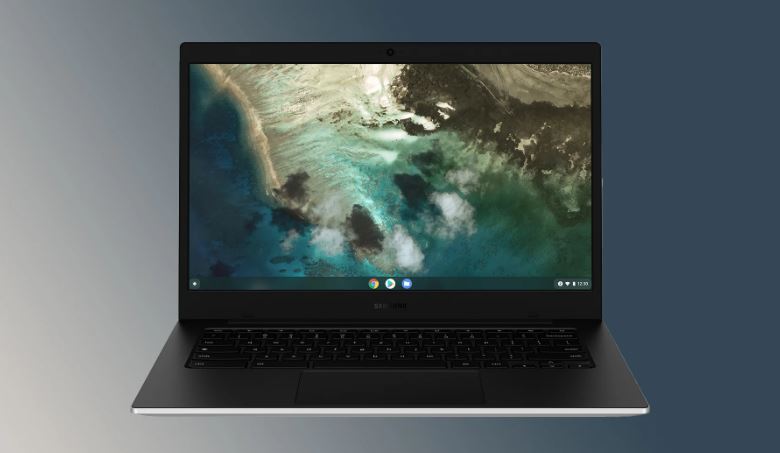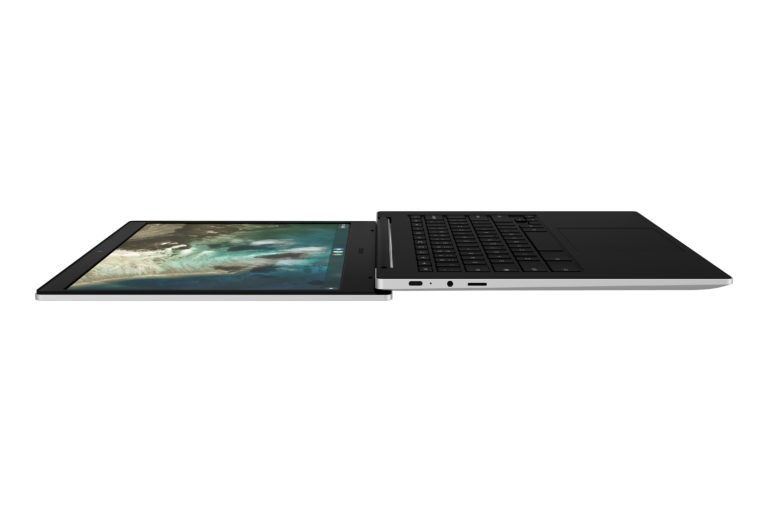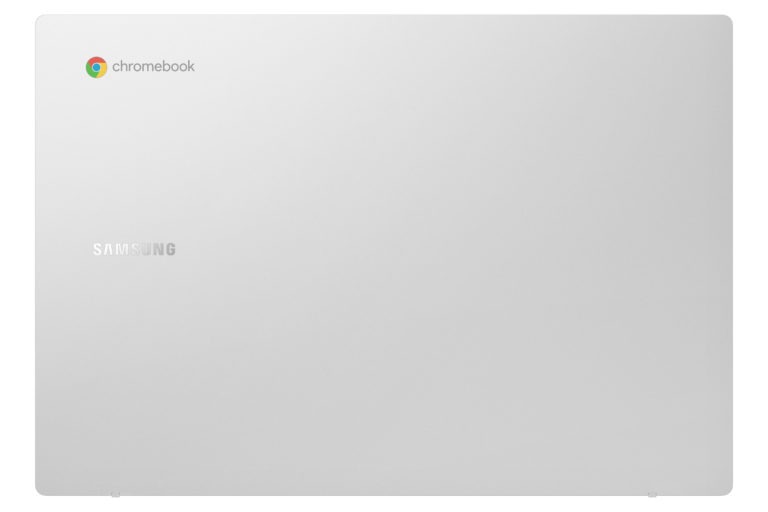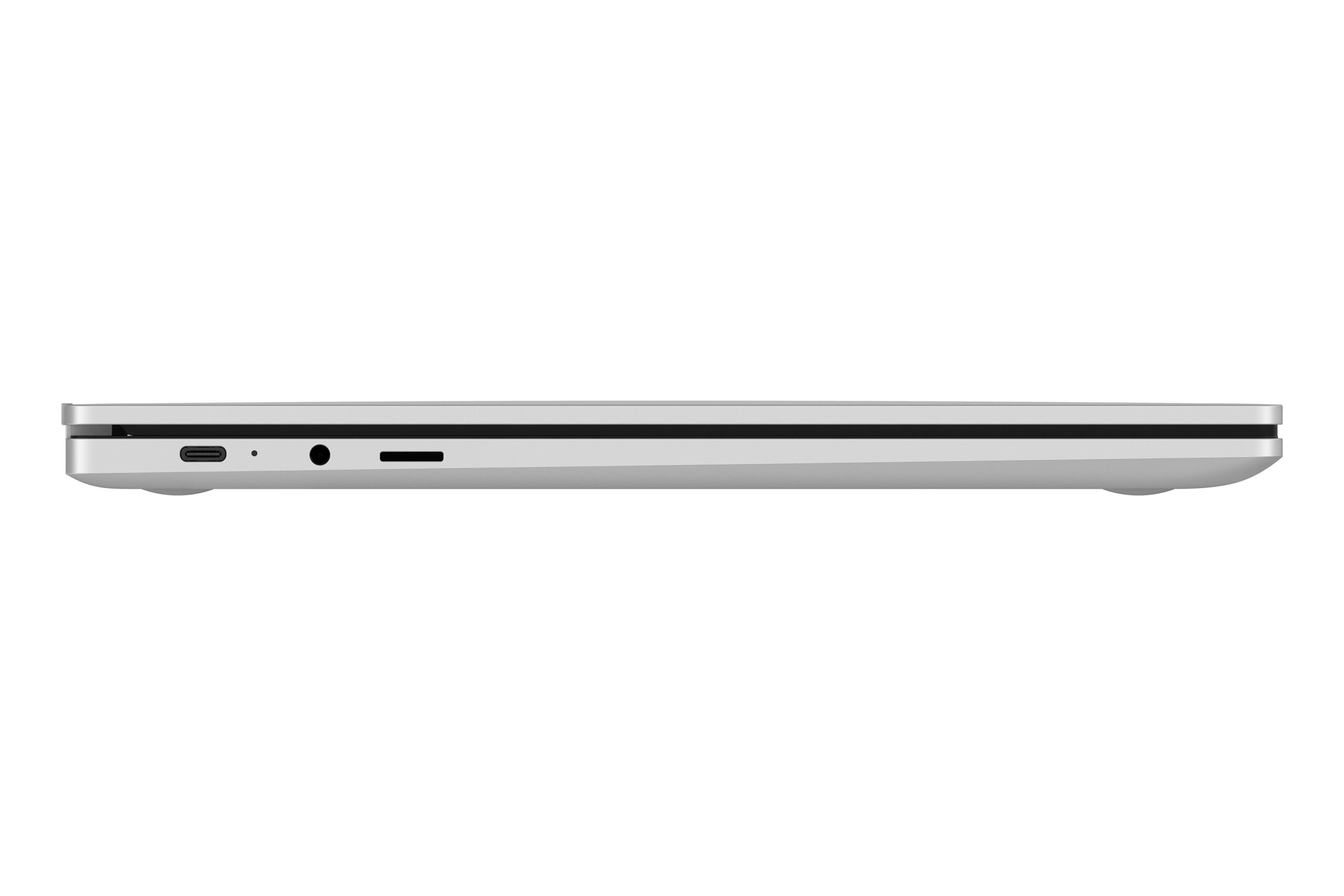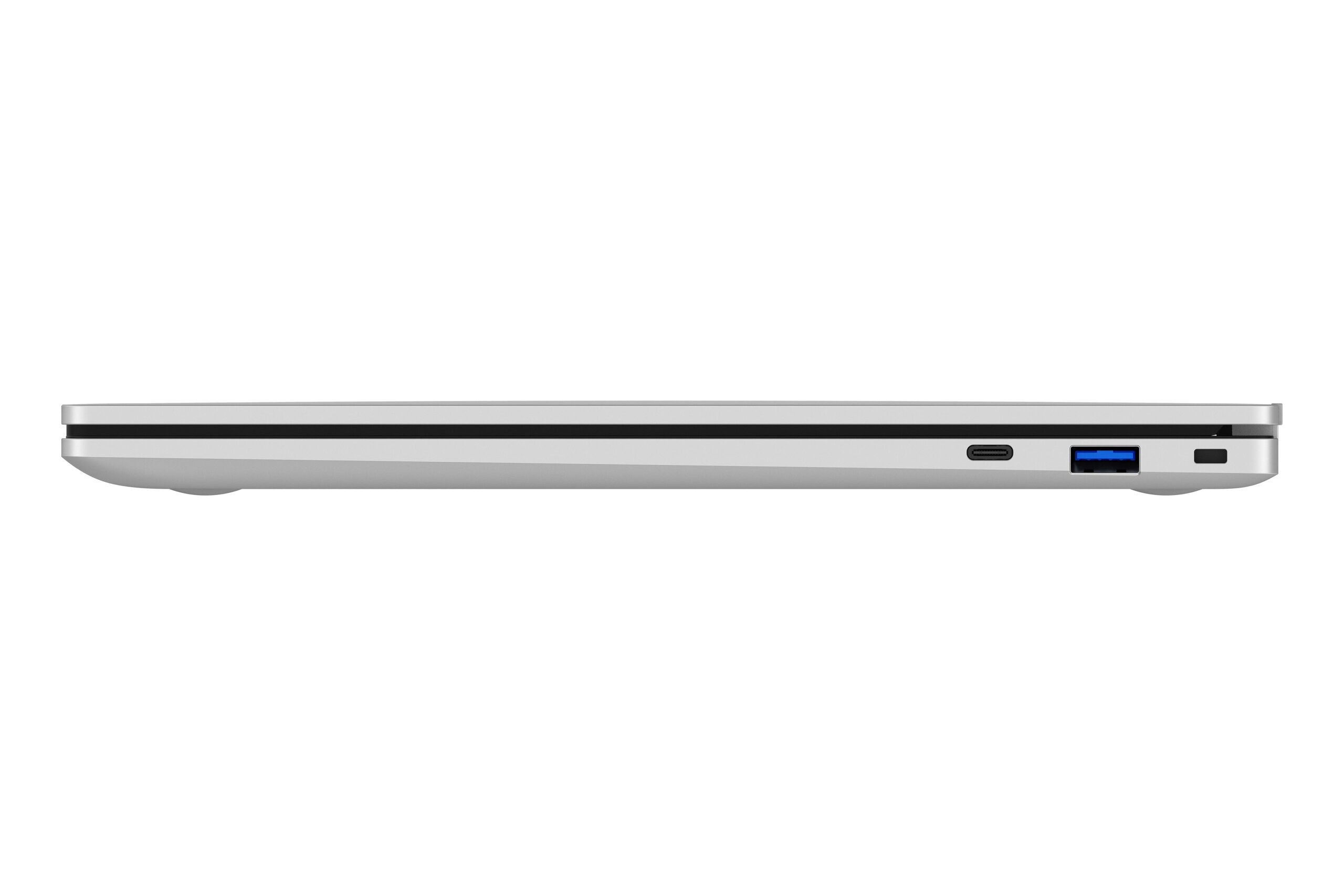Google's Chrome OS has come a long way in recent years, and the best Chromebooks can handle any productivity task with ease. However, when it comes to working with the stylus, Chrome OS devices still have some catching up to do. This is mainly because their palm rejection isn't as good as it could be.
According to recent code changes noticed by people from AboutChromebooks, Google is working to fix this problem with a "new version of the palm neural model (v2)". Experimental symptom, which was spotted in the Chrome OS 99 Dev Channel, then promises to reduce palm rejection latency on Chromebooks by 50%.
Unsurprisingly, this flag doesn't really do anything at the moment. The new neuron model of the palm is currently being tested on Chromebook V2 from Samsung, which is also equipped with a built-in stylus. However, it is not yet clear how long it will take for this model to become widely available worldwide.
You could be interested in
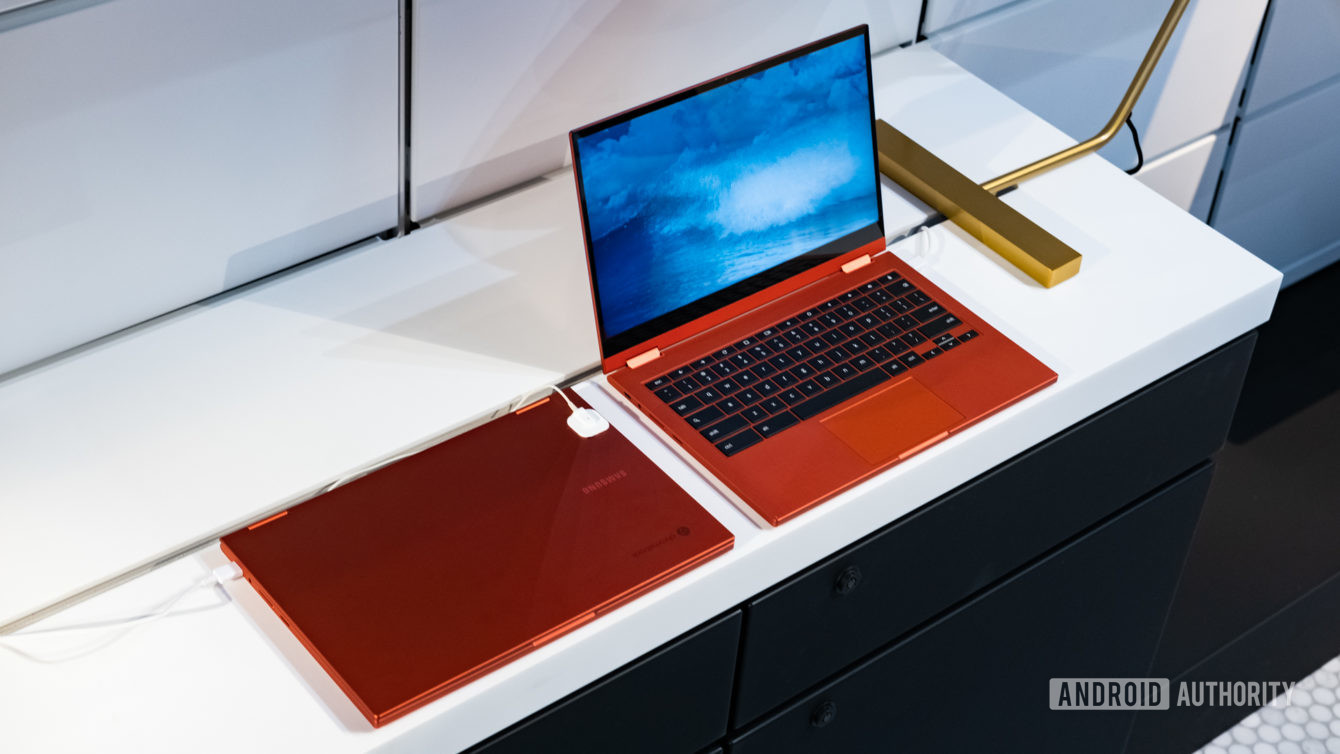
The second experimental symptom is then called "adaptive retention". It is speculated that this could have something to do with optimizing palm presence especially around the edges of displays on Chrome OS devices. Chromebooks are portable computers that have the Chrome OS operating system and emphasize the company's cloud services, such as Google Drive, Gmail and others. Their price is most often around 7 to 8 thousand CZK.
